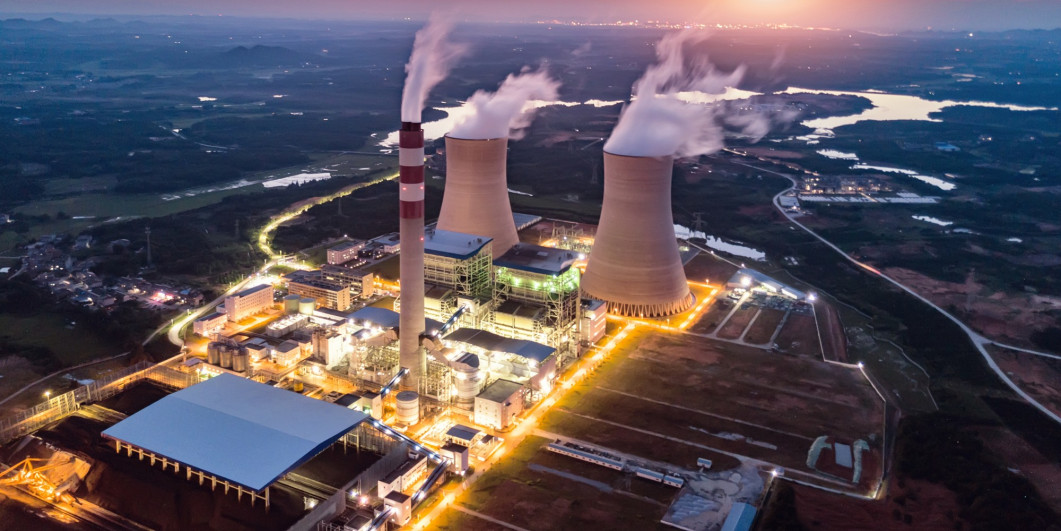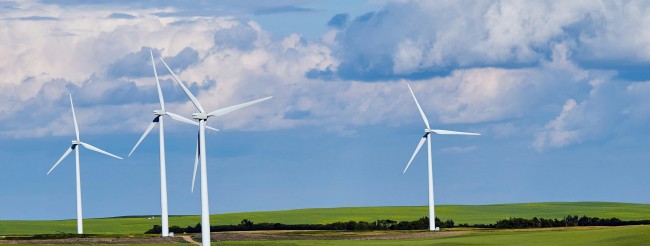
Photo by Yangna/iStock
A closer look at the power system
Electricity powers the world as we know it, and in countless ways has changed people’s lives for the better. But the burning of fossil fuels that provides most of this electricity is also changing the climate, contributing around 25% of global greenhouse gas (GHG) emissions. Of these GHG emissions, carbon dioxide (CO2) is the most prevalent in power system emissions. Over the last two decades, CO2 emissions from electricity production have increased on average by 0.2 gigatonnes (Gt) each year.
To prevent increasingly dangerous climate impacts, a fast transition to clean energy sources is crucial. To limit warming to 1.5 degrees C (2.7 degrees F), the power sector needs to achieve net-zero emissions before 2050. This transition also provides opportunities to use clean energy to reduce air pollution, create jobs and bring electricity to all.
Opportunities to align the power system with the Paris Agreement
Achieving net-zero emissions will require implementing a range of solutions across the power system, including ramping up the use of renewables, deploying energy-efficient technologies and designing systems to better manage and balance electricity.
Adapting industry, transport and heating to run on clean energy is also essential to reach net-zero goals. At the same time, energy access must be extended to the 680 million people who lack it today.
Transitioning to a zero-carbon power sector must happen in a just and equitable manner. This includes respecting human rights and addressing equity across multiple dimensions. From mining key materials needed for the clean transition to decommissioning carbon-intensive power generation plants, the livelihoods of workers should be respected and efforts should be made to transition fossil fuel workers to new jobs.
Achieving a transformed power system by 2050
To meet global climate goals by 2050, the power system needs to be run by renewables and other zero-carbon sources, and electricity from coal and unabated gas (burned without the use of carbon capture and storage to trap emissions) should be completely phased out.
Ramping up renewable energy is not the only challenge in the power sector. Achieving a balanced electric grid that minimizes fossil fuel use will also require a large-scale rollout of other technologies and practices, including energy storage, demand-side management, energy efficiency and new ways of connecting power systems.


